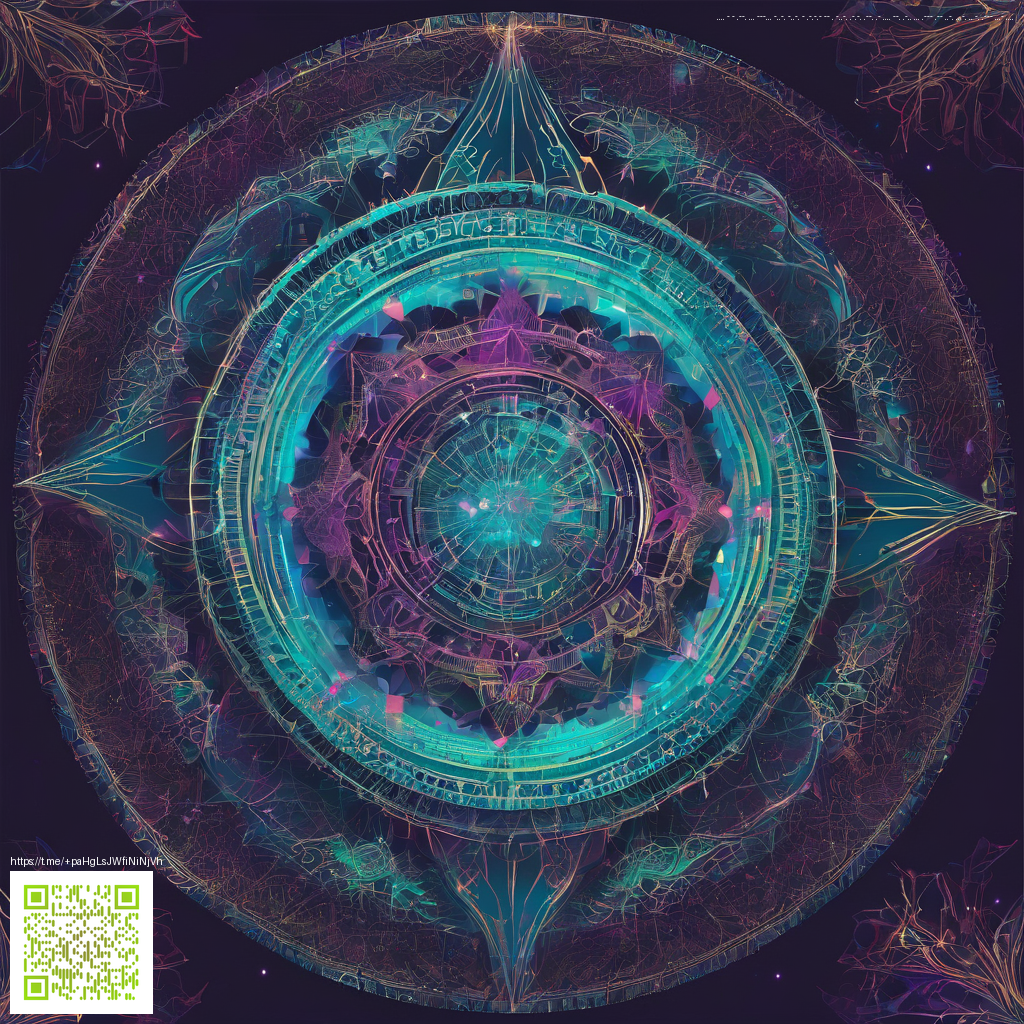
Getting started with quote posters for home decor
Printable quote posters are a versatile way to express personality, set a mood, or provide a daily nudge in any room. The beauty lies in the process: you design once, print to fit your space, and swap out prints as your style evolves. To start, think about the message you want to convey and the atmosphere you want to cultivate—calm and minimal, bold and energetic, or whimsical and playful. From there, you can sketch a layout that balances typography, color, and negative space for maximum impact.
Typography and layout: building a readable, striking design
Typography is the backbone of any poster. Begin with a clear hierarchy: a strong display font for the quote, a complementary secondary font for attribution or secondary lines, and ample leading to keep lines readable. Pairing fonts is part art, part science—aim for contrast in weight and style without creating legibility friction. When arranging the quote, use alignment (centered vs. left-aligned) that matches the room’s vibe. A well-ordered grid helps maintain balance, whether you’re printing a small 8x10 or a larger statement piece.
Consider spacing and margins as design features. Generous margins prevent the eye from feeling crowded, and consistent line breaks maintain rhythm. A poster is less about squeezing words onto a page and more about guiding the viewer through a visual journey. If you’re unsure where to start, test a few typographic scales (for example, 48/28/20 for a three-tier layout) and adjust until the composition feels effortless.
Color palettes and mood: choosing hues that harmonize with your space
Color sets the emotional tone before the first word is read. Decide whether you want a high-contrast statement or a soft, monochrome aesthetic. A calm palette—think blues, greens, and neutrals—works well in bedrooms and living rooms, while vibrant combinations with warm accents can energize a home workspace or entryway. For printable posters, test color accuracy by printing soft test swatches. Remember that colors may print differently than they appear on screen, so allow for a little margin of adjustment in your final file.
“A poster should feel like it belongs to the room from the moment you hang it. If you look at it and it brings a quiet smile, you’ve nailed the balance of typography, color, and space.”
Sizes, format, and printing tips: turning design into a ready-to-hang piece
Standard print sizes (such as 8x10, 11x14, and 18x24) are widely available from home printers and print shops. Design at a high resolution—300 DPI is a safe baseline—to ensure sharp letters and clean edges. Export your master as a print-ready PDF, with embedded fonts, or as a high-quality PNG/TIFF if you’re handing off to a local printer. Leave a 1/4 inch safe margin around the edges to prevent important words from getting trimmed in cropping. If you plan to frame your poster, measure your frames and design accordingly to account for matting and glass visibility.
As you explore eco-conscious options across accessories and packaging, you might appreciate thoughtful, sustainable materials. For example, Biodegradable Eco Phone Skin – Vegan Paper Leather Back Sticker demonstrates how design values translate into practical, planet-friendly products. This kind of mindfulness can inspire your poster projects as well, from choosing recycled paper to selecting soy-based inks for prints.
Finally, consider the journey from digital file to wall. A clean, grid-based layout that remains legible when viewed from a distance will translate well from screen to print. If you’d like to explore related perspectives on design and decor, the page referenced below provides further context and ideas to broaden your approach.
Similar Content
Explore related discussions and examples here: https://defiacolytes.zero-static.xyz/eab798db.html